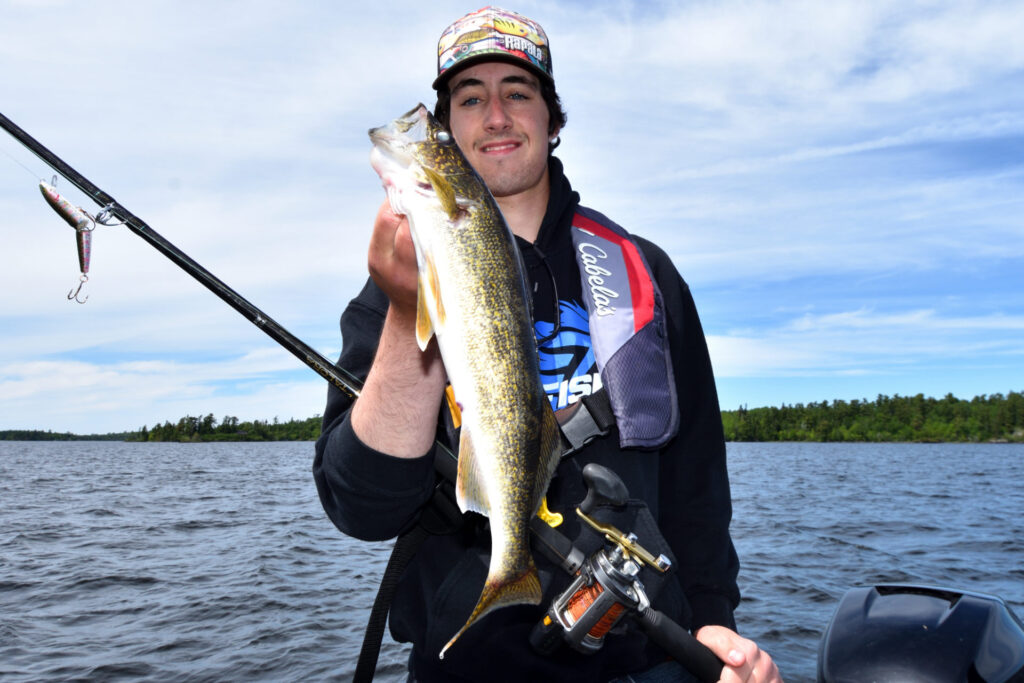
Science Proves That Releasing Big Fish, And Keeping Only Small Ones, Improves a Fishery
Here’s Proof That Bigger is Better
Big Fish Produce More and Better Eggs, Passing on Their Superior Genes
Originally published by OutdoorCanada.ca
Most informed anglers now intuitively understand the concept of “selective harvest.” That’s where we release the bigger, mature, often egg-laying members of a fish population, while enjoying a few smaller fish for shorelunch or dinner, as a way to help sustainably manage fisheries. But you might be wondering if there is any scientific research to verify the practice.
One of the best studies ever undertaken was by David Conover at the Marine Sciences Research Center at Stony Brook University in New York. Conover examined how commercial fishing operations affect the genetic integrity of fish stocks by typically killing the biggest members of the population. As he put it at the time: “One has to take the position that, despite all other organisms in the world being subject to the rules of natural selection and evolution, somehow fisheries are not.”
Conover and colleague Stephan Munch subjected captive populations of Atlantic silversides to three different size-selective harvesting regimes. In the first, they harvested 90 per cent of the largest fish. In the second, they removed 90 per cent of the smallest silversides. In the final experiment they harvested 90 per cent of the fish randomly. And they did this over several generations.
Read eVermilion